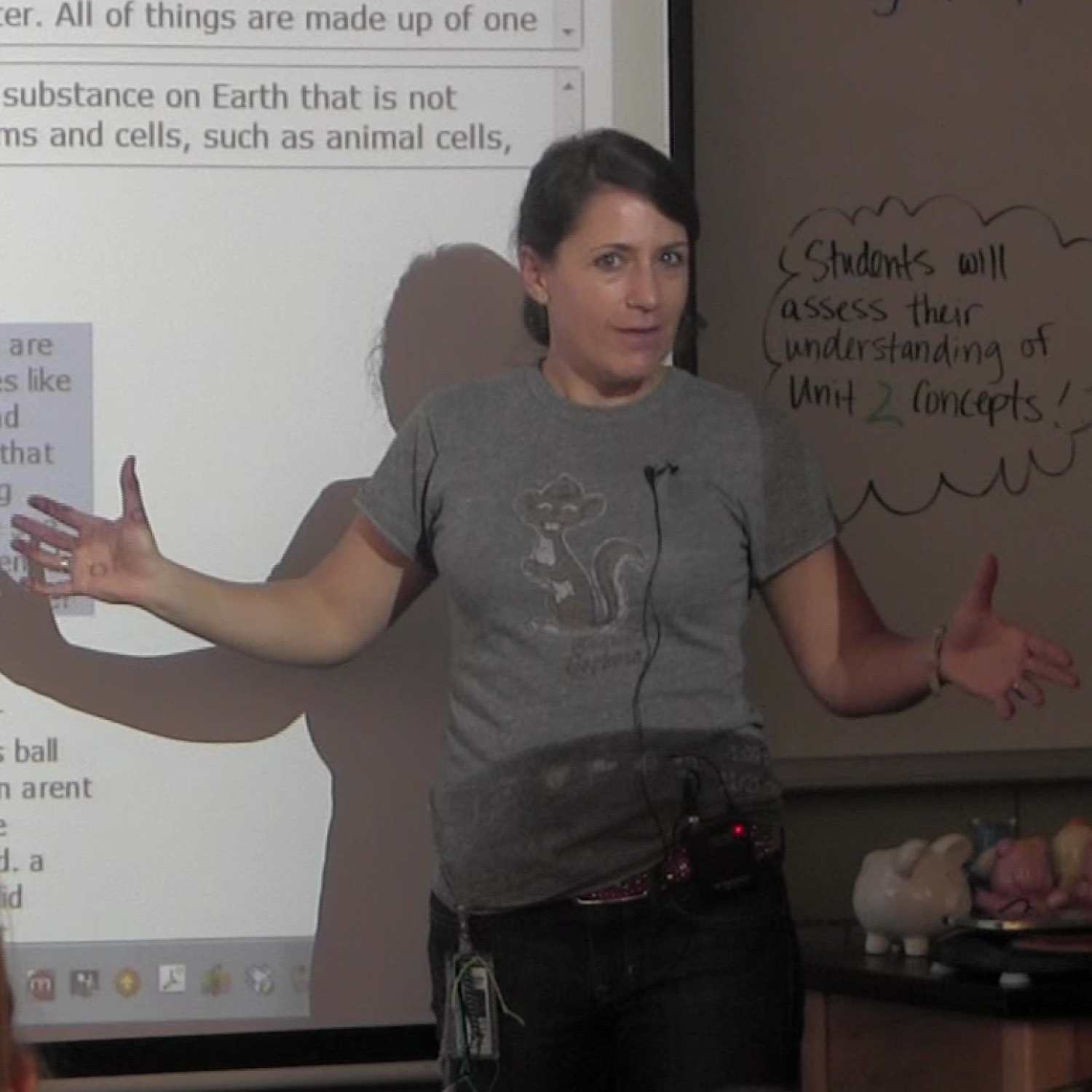Alumni connections run deep in SEEDInG project
Doctoral alumnus Bud Talbot (2011) is carrying his School of Education experiences into his work as Assistant Professor at CU Denver. With alumnus Rodney Nielsen (Computer Science, 2008) and Professor Micki Chi of Arizona State University, Bud is part of an innovative project known as Comprehension through Self-Explanation, Enhanced Discussion and Inquiry Generation (SEEDInG).
After students submit responses on tablets to open-ended questions, the SEEDInG program instantaneously analyzes and clusters responses into categories, and then displays the range of responses to teachers in order to help inform their next steps of instruction. The teacher can respond in a wide variety of ways, from discussing student responses in more depth to differentiating instructional activities, all in the context of enhanced discussion. Often, students submit a revised response that demonstrates growth in understanding.
At least half of the participating sixth grade science teachers across 13 Boulder Valley (BVSD) schools are students or alumni of the School of Education teacher licensure and/or Master’s programs, including Dave Crowder (1987), Gregg Cruger (2003), Erin Greenwood (2005), Andy Feeney (2009), Kendra Kimmel (2009), Jack McCloud (2012), and Jackie Esler (expected 2014). The BVSD Liaison working with the project, Sam Messier, is also a doctoral alumnus of CU Boulder (Biology, 1996).
As Manhattan Middle School teacher Andy Feeney explains, “The open-ended questioning allows sixth graders to learn how to explain their thoughts and become better at listening to one another. Being able to see what students are thinking is huge for me.”
Casey Middle School teacher Kendra Kimmel agrees, “It forces me to think more deeply about questioning and students to think at a higher level on a daily basis. From the real-time feedback, I can stop and do mini-lessons, re-clarify, and provide follow up examples. Because it’s not just oral, it’s helpful for English learners as well.”
Bud explains that the SEEDInG system can support emerging bilingual students through displays such as a vocabulary box that lists possible words to use, and a word cloud from student responses.
Louisville Middle School teacher Dave Crowder claims that his education at CU Boulder introduced him to the possibilities of technology in the classroom and gave him the motivation to try innovative programs, while Kendra Kimmel credits the focus on evidence-based instruction with her attention to research as part of her ongoing development.
Many of the teachers involved in the project also host CU Teach students, who are able to use the SEEDInG program during their practicum experiences. Andy Feeney notes “Having a connection with the university gets us out of our comfort zone and into a more reflective observer perspective. We are able to both try new things and give researchers feedback.”


